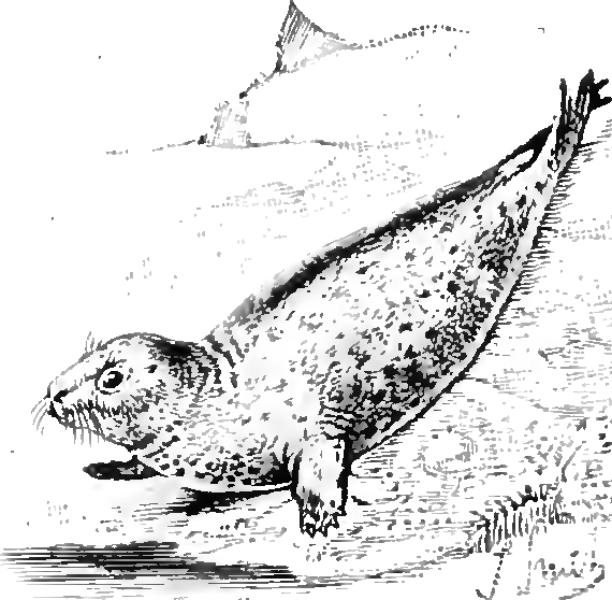<![CDATA[The arrival of Europeans in the Americas in the fifteenth century had a devastating impact on the indigenous populations of the two continents. Alongside the devastations of colonialism and conquest, the colonists bought a wave of new diseases. The sudden introduction of European illnesses such as small pox, typhus and cholera into societies that had not developed immunity to them, eventually wiped out up to 90% of the indigenous American population. Amongst the most deadly diseases to hit South America was tuberculosis however, a recent study, reported by NPR, has led scientists to believe that it was present on American shores hundreds of years before the arrival of Europeans. Indeed, the study suggests that humans may not have had any role to play in the initial spread of the disease to the Americas. For the new study, a team of scientists from the University of Tubingen in Germany extracted tuberculosis DNA from three skeletons buried in southern Peru. These remains were buried around a thousand years ago, some five centuries before Columbus' arrival in the New World. Just as surprisingly, the strain of tuberculosis found on the three skeletons did not match up to the common European, Asian and African forms of the disease that exist today. Recent studies have suggested that tuberculosis ultimately originated in Africa, and around a millennium ago started to spread through Asia and Europe. The recent study suggests that at the same time this dispersion of the disease was happening, an unusual strain spread across the ocean to South America. This reading of events raised a very interesting question for the scientists - how did the disease cross thousands of miles of Ocean to reach South America? After analysing the strain of tuberculosis further, the scientists came to the conclusion it was very similar to the form found in Pinnipeds - a group of animals that includes seals, sea lions and walruses. Kirsten Bos, the lead author of the study, believes that at some point after tuberculosis first appeared in Africa six thousand years ago, it was somehow transferred from a land animal to a seal or sea lion. This seal or sea lion then transported the disease across the ocean. The subsequent transference of the disease from the sea mammals to humans can be explained by the practices of the Native Americans in Peru. There is evidence that seals were hunted on the Peruvian coast. As Professor Krause, Bos' co author explained; "They were hunted, their hides were used, their meat was used, the oil was used. They were really quite an important animal there." Contaminated seal meat entering the food chain could explain this strain spreading to humans. It is unclear whether the disease was then able to spread between humans, or if contamination only continued through contact with the seal meat. Another explanation of the evidence presented is that the process was in fact reversed, and humans passed the disease to the animals. Bos thinks that this is unlikely, "It would require humans having regular interactions with (live) seals, like rangers have with cattle today. Humans weren't farming or herding seals then." Although seals may have been the first carriers of tuberculosis in South America, there is little doubt that Europeans bought their own strains of the disease to the continent in the fifteenth century. The instances of the disease in South America today are derived from the European strain, suggesting that this form replaced the older one. Exactly when and how the disease was transferred from land animals to seals has yet to be explained. ]]>
Seals Brought Tuberculosis to the Americas
